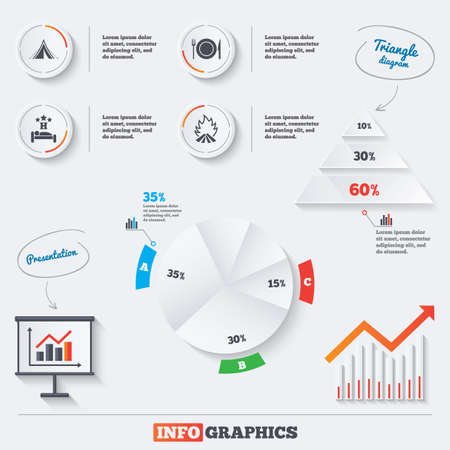Protecting the Environment is a crucial mission that every individual can take part in. You can make a difference by taking public transportation, planting a tree, using natural products, cutting back on meat consumption, avoiding single-use plastics and conserving water.
What do you call a campsite without a tent?
Moreover, you can recycle and participate in clean-up projects. You can also encourage your friends and family to adopt eco-friendly habits.
Reduce Your Carbon Footprint
The carbon footprint is the total amount of greenhouse gases – including carbon dioxide, methane, nitrous oxide and fluorinated gases – that are emitted by an individual or organisation. It is calculated from a life-cycle assessment (LCA) approach.
Regularly heating and cooling your home contributes to your footprint, as does using electricity produced by coal plants, which produces about 870 grams of CO2-equivalent per kilowatt; or renewable energy sources such as solar and wind, which produce a mere 11 grams.
Air travel is also a major contributor to your footprint. If possible, avoid it and when you do fly, opt for economy class instead of business or first.
Take Public Transport
Taking public transport is a great way to cut back on carbon emissions. Buses, trains and light rail vehicles run on electricity rather than gasoline and emit far fewer pollutants than personal cars.
In addition to lowering greenhouse gas emissions, sustainable transportation options help to maintain healthy urban air quality. Moreover, they reduce traffic congestion and improve safety by making streets and roads less congested.
The shift to more environmentally-friendly public transportation also helps to combat noise pollution, which is a serious health risk for commuters. Some buses run on clean fuels like biodiesel or compressed natural gas (CNG), and a growing number use electric power, which eliminates exhaust altogether.
Plant a Tree
Trees not only provide shade and beauty, they also offer wildlife shelter, food and water. They also help combat climate change by absorbing carbon and providing oxygen.
When planting a tree, make sure that there is enough room for the roots and branches to grow without disrupting sidewalks, power lines or homes. Also, be sure to call the local utility company to mark any underground utilities before digging.
Once the tree is planted, mulch around it to prevent weeds and grass from growing too close. Avoid fertilizer as it can burn the tender roots and luxurious tent impede growth.
Use Natural Products
Using eco-friendly products and materials can help reduce pollution. Switching to energy efficient bulbs and using reusable bags are easy changes that can have a big impact.
Another way to protect the environment is to buy locally sourced food. This way, your food doesn’t have to travel as far, which cuts down on carbon emissions.
Cutting back on meat consumption is also an important step to protecting the environment. It’s a proven fact that mass meat production causes greenhouse gas pollution. In addition, it takes up a lot of land that could be used to grow vegetables and other crops.
Cut Back on Meat Consumption
A diet low in meat can reduce environmental degradation, prevent diseases, and save money. By choosing to buy a few less animal products a week, you can help the lives of animals and the planet.
Overconsumption of meat is contributing to climate change, killing tens of billions of animals annually, and putting the health of humans at risk. Overcoming the societal norm of meat consumption is one of the most impactful choices you can make for yourself and the world around you.
Avoid Single-Use Plastics
Plastic pollution is a huge concern. It pollutes our streets and oceans, can take up to 1,000 years to decompose in landfills, and is linked to climate change. Besides that, single-use plastics often contain fossil fuels and can harm wildlife.
The most common types of single-use plastics are cigarette butts, bags, straws and stirrers, soda and water bottles, and food packaging. Many of these products can be replaced with reusable alternatives, which are better for the environment and for you! There are also apps to help you find refillable bottles and stores.
Conserve Water
Water conservation is a key aspect of protecting the environment. Our natural water supply is limited, and we need to conserve it so that there are enough resources to sustain us in the long term.
Water-saving techniques reduce the risk of environmental pollution, and keep rivers, bays and oceans healthy. This also helps reduce the energy used to pump and treat water, which prevents greenhouse gas emissions.
There are many ways to conserve water, such as fixing leaks, taking shorter showers, using low flow faucets and toilets, and planting xeriscaping. Communities should also promote a culture of water conservation among their residents.
Are Bell tents worth the money?
